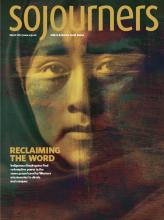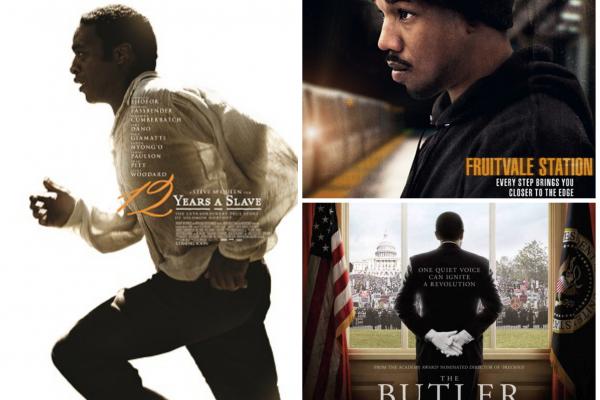“CINEMA IS a matter of what’s in the frame and what’s out.” With this, Martin Scorsese, one of the greatest living U.S. directors, gives us a simple window to understand the power of cinema. What is in the frame is a choice by the filmmaker, and what is not highlighted is also a choice.
People of color, literally and metaphorically, have struggled to be included in the frame and fought to move from the background to the foreground of the cinematic imagination.
The U.S. cinema, historically, has been the vanguard of stereotypes and the enforcer of our racialized imagination. Our view of women, people of color, and ethnicities define and are expanded by the power of cinema.
D.W. Griffith’s 1915 silent film The Birth of a Nation was a revisionist history of the Civil War and Reconstruction that defined the Ku Klux Klan as the hero of the story and used white actors in blackface to frame black people as a threat to white society. This film, while not seen by the majority of filmgoers, set into motion the racial constructs we now view as normative. Black men, for example, have often been viewed in cinematic history as ethically dubious, highly sexualized, violent, or childlike comic characters.
These stereotypes created by the filmmaker’s imagination became, in the minds of many in the U.S., a historical fact. Cinema helped reinforce myths and arbitrary prejudices not based on cultural differences but created to protect economic interests of white Southerners who feared black labor.
Read the Full Article

